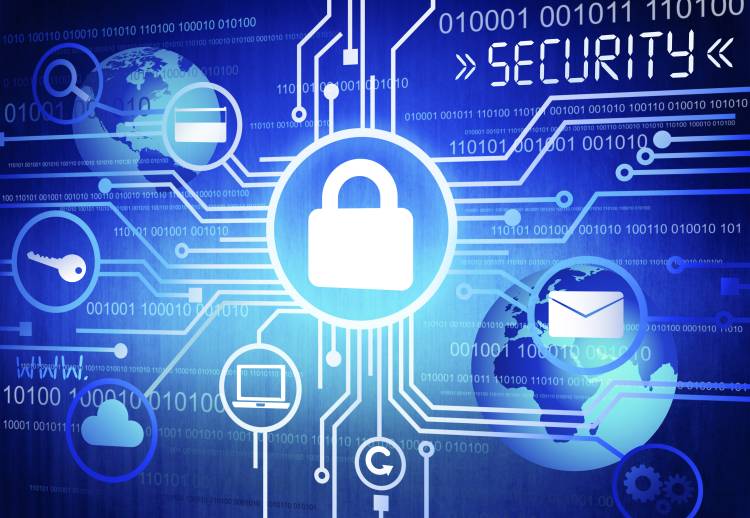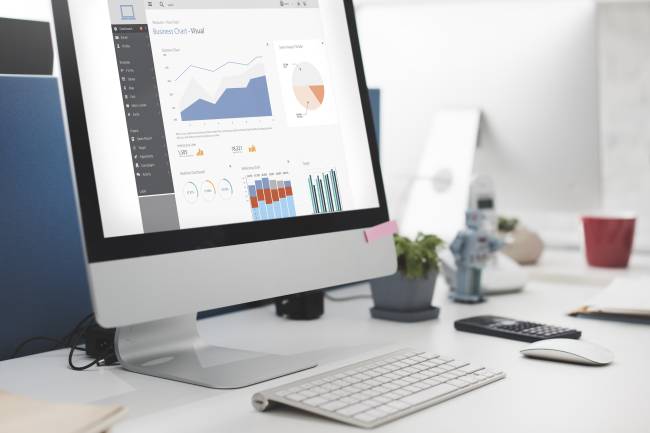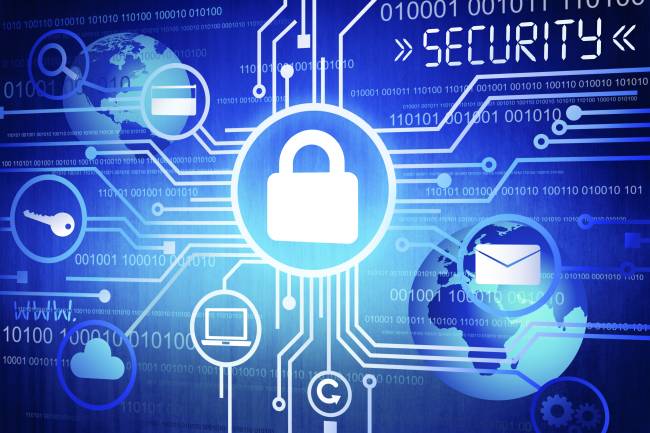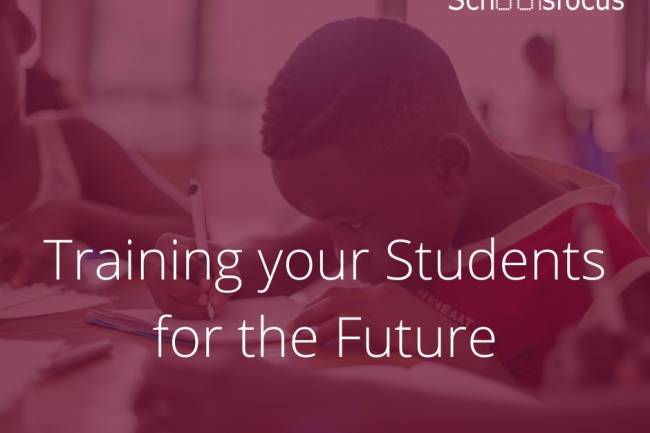
Safeguarding Student Data: Security and Data Privacy in School Management Software
Introduction
In an era driven by technology, school management software has revolutionized educational institutions, streamlining administrative tasks and enhancing communication. However, the increased use of digital platforms also raises concerns about the security and privacy of sensitive student information. In this blog post, we will explore the importance of security and data privacy in school management software and discuss best practices to ensure the safety of student data.
1. Protecting Sensitive Information: School management software stores a wealth of sensitive information, including student records, grades, attendance, and health data. It is imperative to implement robust security measures to safeguard this information from unauthorized access or data breaches. Employing encryption, strong authentication protocols, and secure storage methods are key steps to protect sensitive data.
2. Compliance with Data Privacy Regulations: Educational institutions must comply with data privacy regulations, such as The Nigeria Data Protection Regulation (NDPR). This regulation outlines specific guidelines for collecting, storing, and sharing personal data. School management software should align with these regulations and ensure that data privacy rights are respected.
3. User Access Control: Implementing user access controls is vital to prevent unauthorized access to sensitive data within the school management software. Different user roles, such as administrators, teachers, and parents, should have appropriate levels of access based on their responsibilities. Regularly review and update access privileges to minimize the risk of data breaches.
4. Secure Data Transfer: When data is transmitted between different systems or shared with external stakeholders, it is essential to employ secure data transfer protocols. Utilize secure file transfer methods, such as encryption and secure file-sharing platforms, to ensure data integrity and confidentiality.
5. Regular System Updates and Patching: Maintaining up-to-date software is crucial for addressing vulnerabilities and protecting against emerging threats. School management software should have regular updates and security patches to fix potential vulnerabilities and enhance overall system security.
6. Data Backup and Disaster Recovery: Schools must establish robust data backup and disaster recovery plans to protect against data loss due to hardware failures, natural disasters, or cyber-attacks. Regularly back up data and store backups securely, ensuring they can be easily restored in case of emergencies.
7. Transparent Privacy Policies: Schools should communicate their privacy policies clearly to students, parents, and staff. Provide accessible information regarding the types of data collected, how it is used, and the security measures in place to protect it. Openly address concerns and inquiries about data privacy to foster trust within the school community.
8. Staff Training and Awareness: Educate staff members on data privacy best practices and the importance of maintaining security protocols. Conduct regular training sessions to ensure that everyone understands their role in protecting student data and remains vigilant against potential security threats.
Conclusion: As schools embrace technology and utilize school management software, prioritizing security and data privacy becomes paramount. By implementing robust security measures, complying with data privacy regulations, and promoting user awareness, educational institutions can ensure the safety and privacy of student data. Remember, safeguarding student information is not only a legal obligation but also a moral responsibility to create a trusted environment that fosters educational excellence and peace of mind for all stakeholders.














